Posts

From Fossil to Flexible: Joulzen Gives Old Oil Tanks a Future
Energy & environment, In the News, Start-up-enThe countdown has started: by 2035, oil heating systems will be banned across many European countries. But what happens to the tanks left behind? In Austria, a team of young engineers saw this constraint as a resource. Their start-up incubated in TU Wien, Joulzen, wants to turn these dormant giants into heat storage systems—and maybe even into players in the European energy grid.
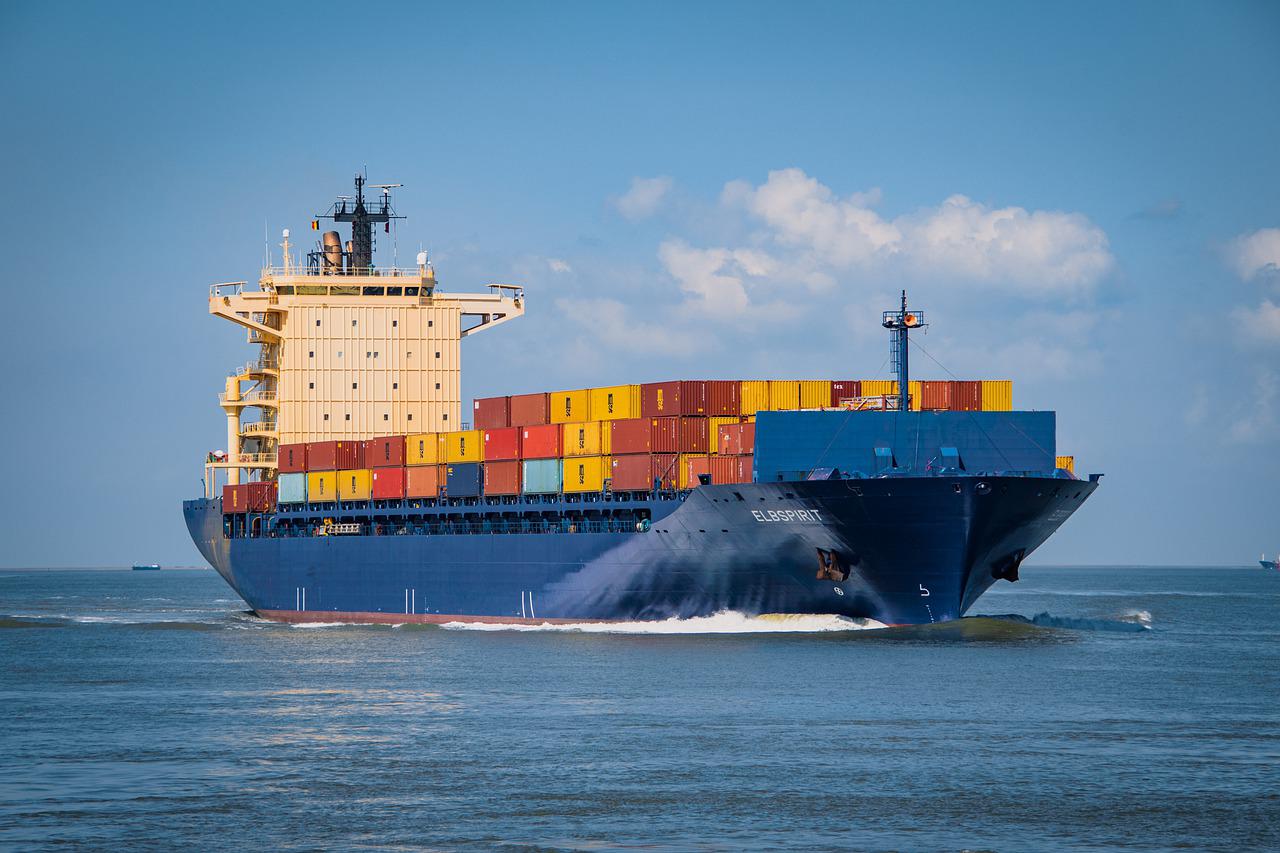
Measuring pollution emissions from maritime transport
Energy & environment, In the News
While road traffic pollution is now strictly controlled, the same cannot be said for the maritime sector, with its different fuels, engine types and regulations that differ depending on the shipping area. The EMINAV project, funded by Ademe…

IN-TRACKS: tracking energy consumption
Energy & environment, In the News, Start-up-en
Nowadays, companies are encouraged to track their energy consumption, specifically to limit their greenhouse gas emissions. IN-TRACKS, a start-up created last November, has developed a smart dashboard to visualize energy usage.
“With…
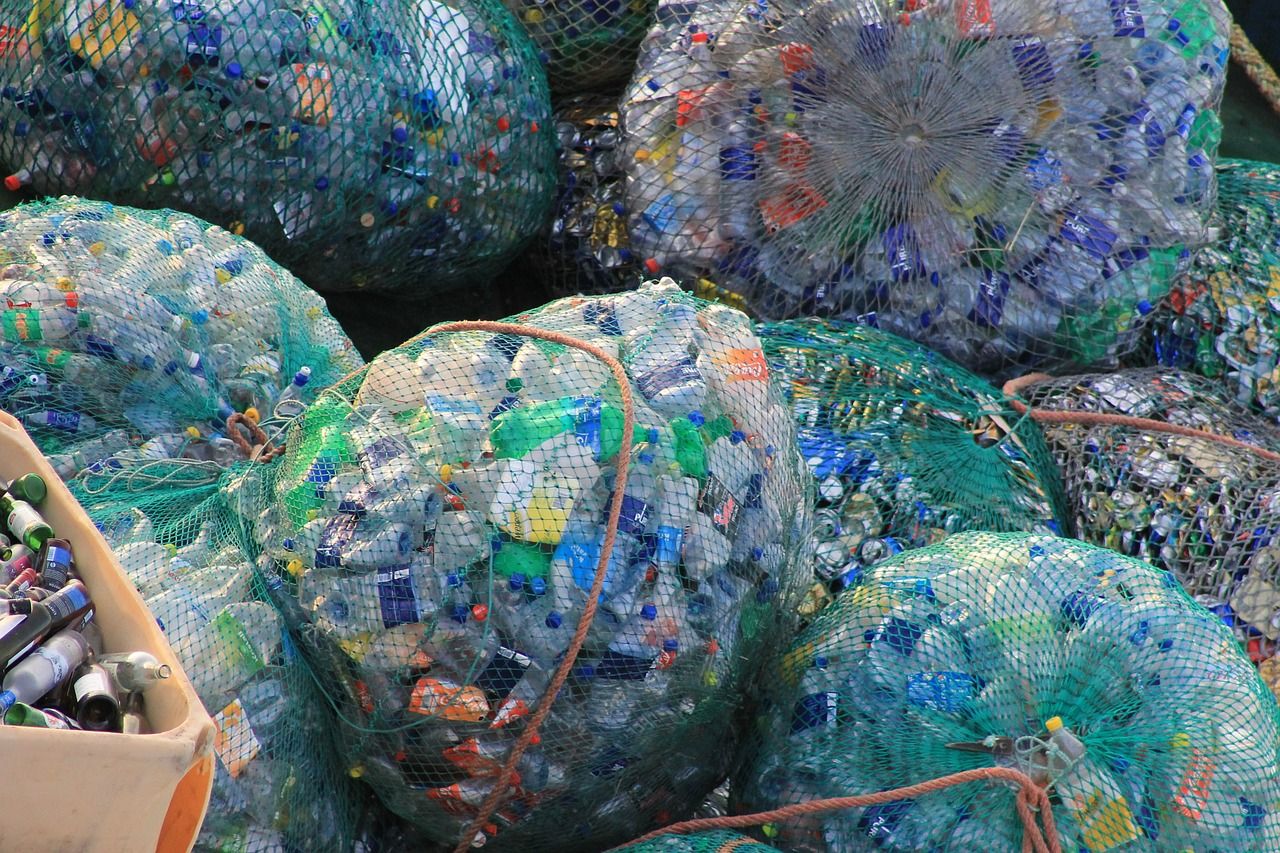
Plastic waste: transforming a problem into energy
Energy & environment, In the News
The linear life cycle of plastics, too rarely recycled, exerts a heightened pressure on the environment. The process of gasification makes it possible to reduce this impact by transforming more waste – currently incinerated or left in landfill…

“En route” to more equitable urban mobility, thanks to artificial intelligence
Digital, In the News, Mobility
Individual cars represent a major source of pollution. But how can you transition from using your own car when you live far from the city center, in an area with little access to public transport? Andrea Araldo, researcher at Télécom SudParis…

Antoine Fécant, winner of the 2021 IMT-Académie des Sciences Young Scientist Prize
Energy & environment, In the News, Portrait
Antoine Fécant, new energy materials researcher at IFP Energies Nouvelles, has worked on many projects relating to solar and biosourced fuel production and petrol refining. His work has relevance for the energy transition and, this year, was…
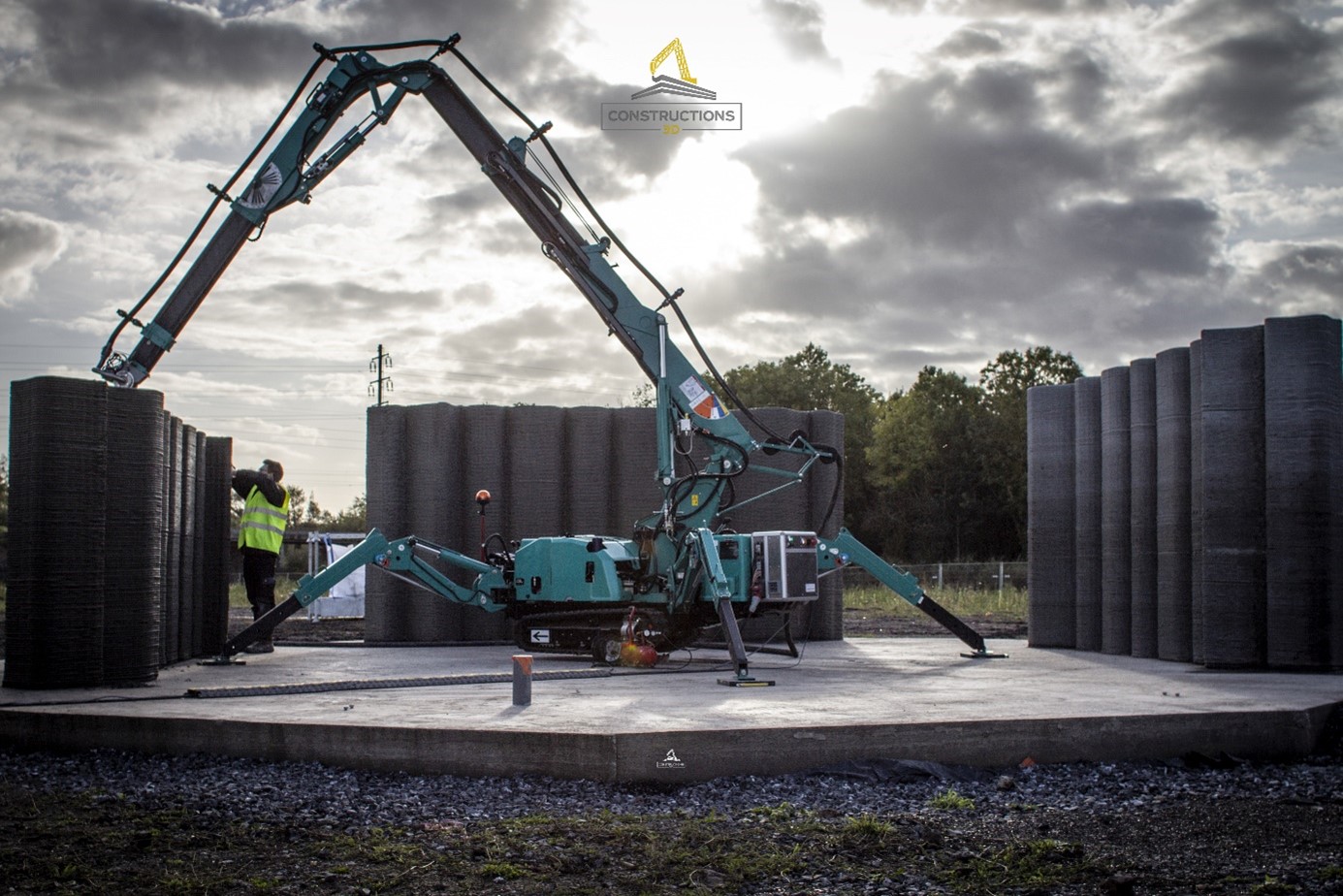
3D printing, a revolution for the construction industry?
Digital, In the News, Materials
Estelle Hynek, IMT Nord Europe – Institut Mines-Télécom
A two-story office building was “printed” in Dubai in 2019, becoming the largest 3D-printed building in the world by surface area: 640 square meters. In France, XtreeE plans…
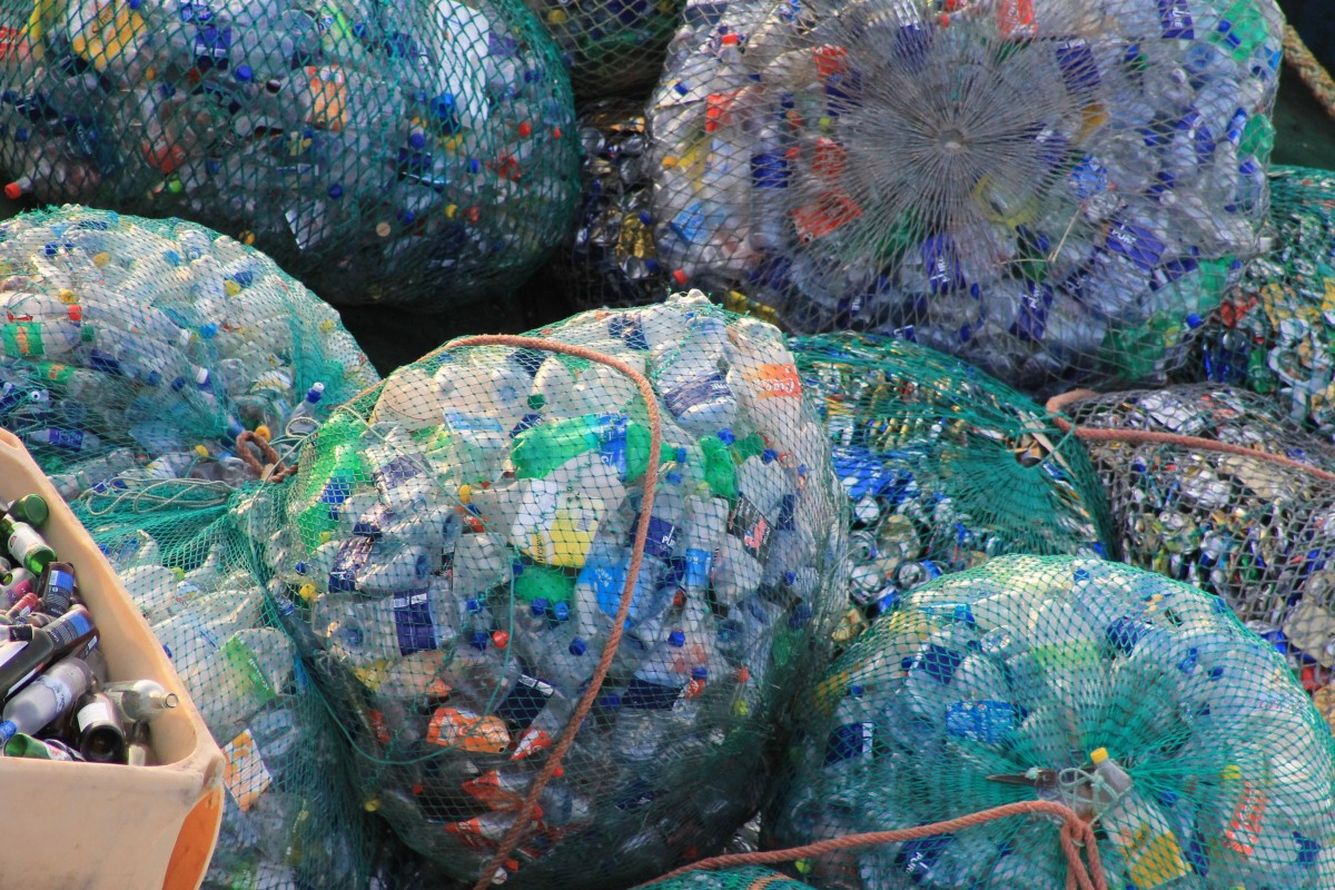
Waste management: decentralizing for better management
Energy & environment, In the News, Society
Reducing the environmental impact of waste and encouraging its reuse calls for a new approach to its management. This requires the modeling of circuits on a territorial scale, and the improvement of collaboration between public and private…
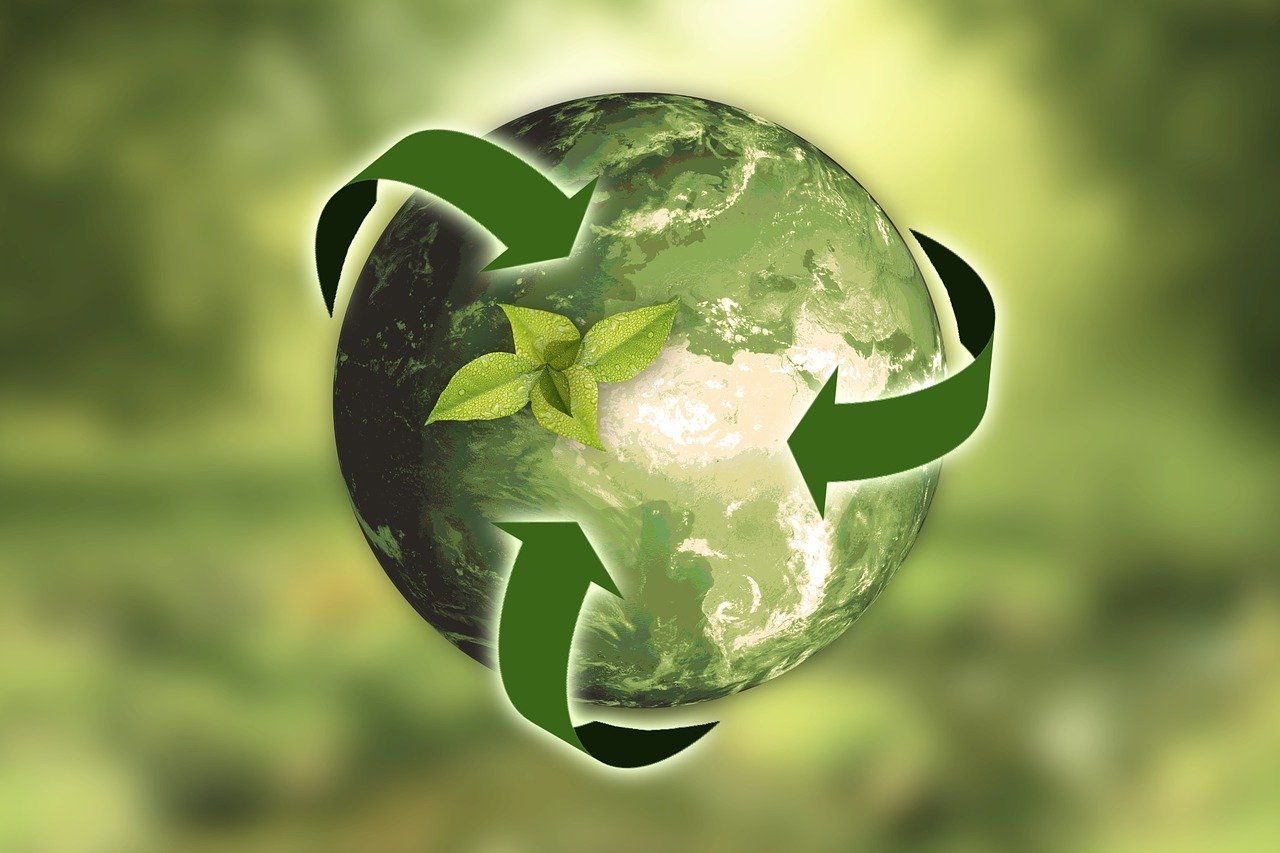
Circular economy – dive in, there is so much to discover!
Energy & environment, In the News, SocietyTo effectively roll out circular economy policies within a territory, companies and decision-makers require access to evaluation and simulation tools. The design of these tools, still in the research phase, necessarily requires a more detailed consideration of the impact of human activities, both locally and globally.

ThermiUp: a new heat recovery device
Energy & environment, In the News, Start-up-en
ThermiUP helps meet the challenge of energy-saving in buildings. This start-up, incubated at IMT Atlantique, is set to market a device that transfers heat from grey water to fresh water. Its director, Philippe Barbry, gives us an…

